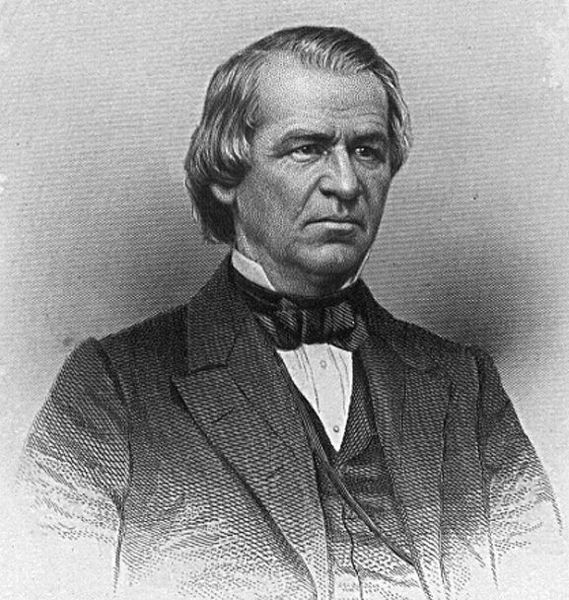The three-dollar piece was a gold coin produced by the United States Bureau of the Mint from 1854 to 1889. Authorized by the Act of February 21, 1853, the coin was designed by Mint Chief Engraver James B. Longacre. The obverse bears a representation of Lady Liberty wearing a headdress of a Native American princess and the reverse a wreath of corn, wheat, cotton, and tobacco.
Image: NNC US 1854 G$3 Indian Princess Head
Image: NNC US 1854 G$3 Indian Princess Head
Image: 1855 S Three Dollar Proof
Longacre's initials JBL on the cutoff of the bust on the obverse
The Coinage Act of 1853, 10 Stat. 160, was a piece of legislation passed by the United States Congress which lowered the silver content of the silver half dime, dime, quarter dollar, and half dollar, and authorized a three dollar gold piece. Although intending to stabilize the country's silver shortage, it, in effect, pushed the United States closer to abandoning bimetallism entirely and adopting the gold standard.
Depiction of Australian gold diggers
Future president Andrew Johnson from Tennessee was one of several congressmen fiercely opposed to the bill
1853 Seated Liberty silver quarter, with its distinct arrows and rays.





